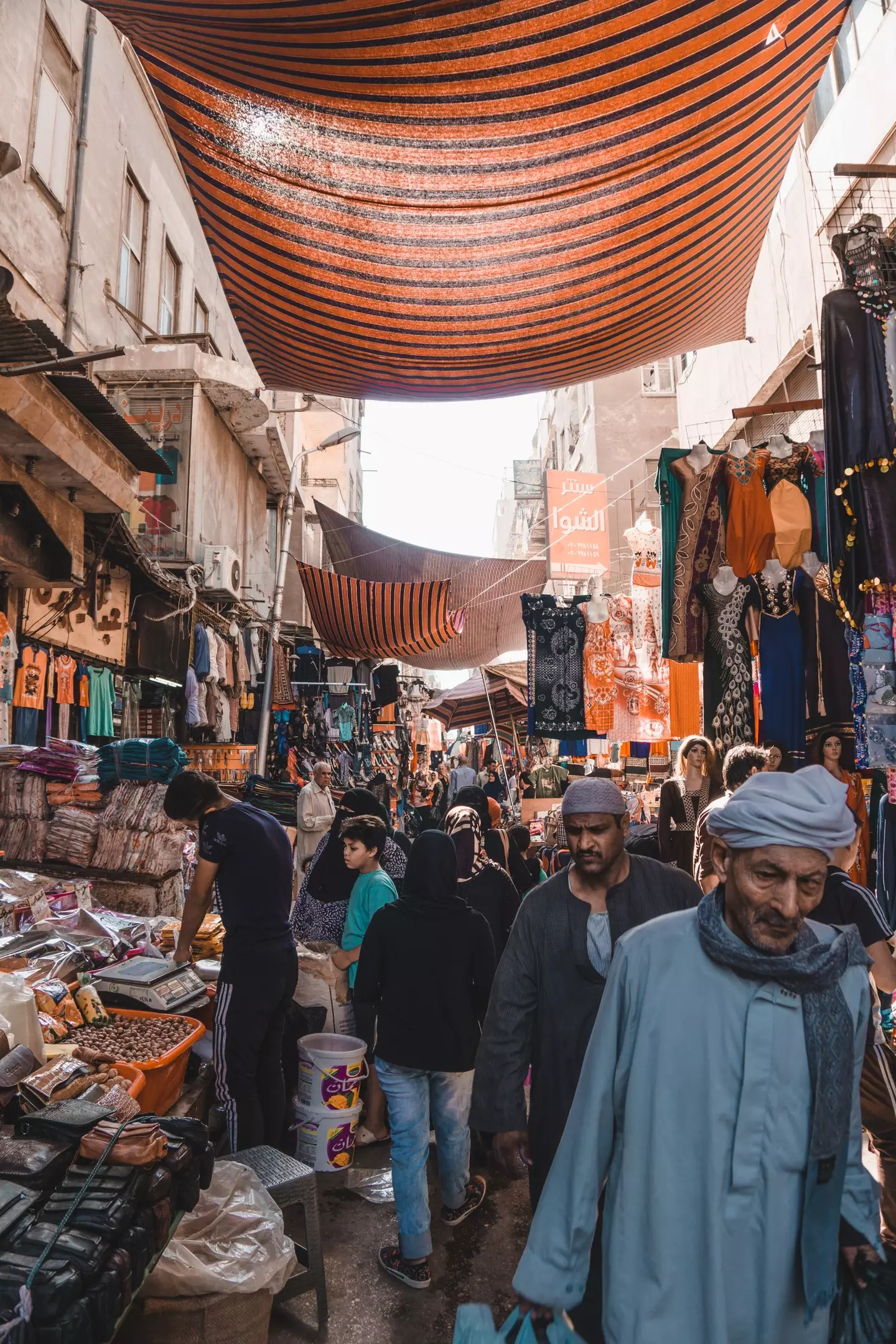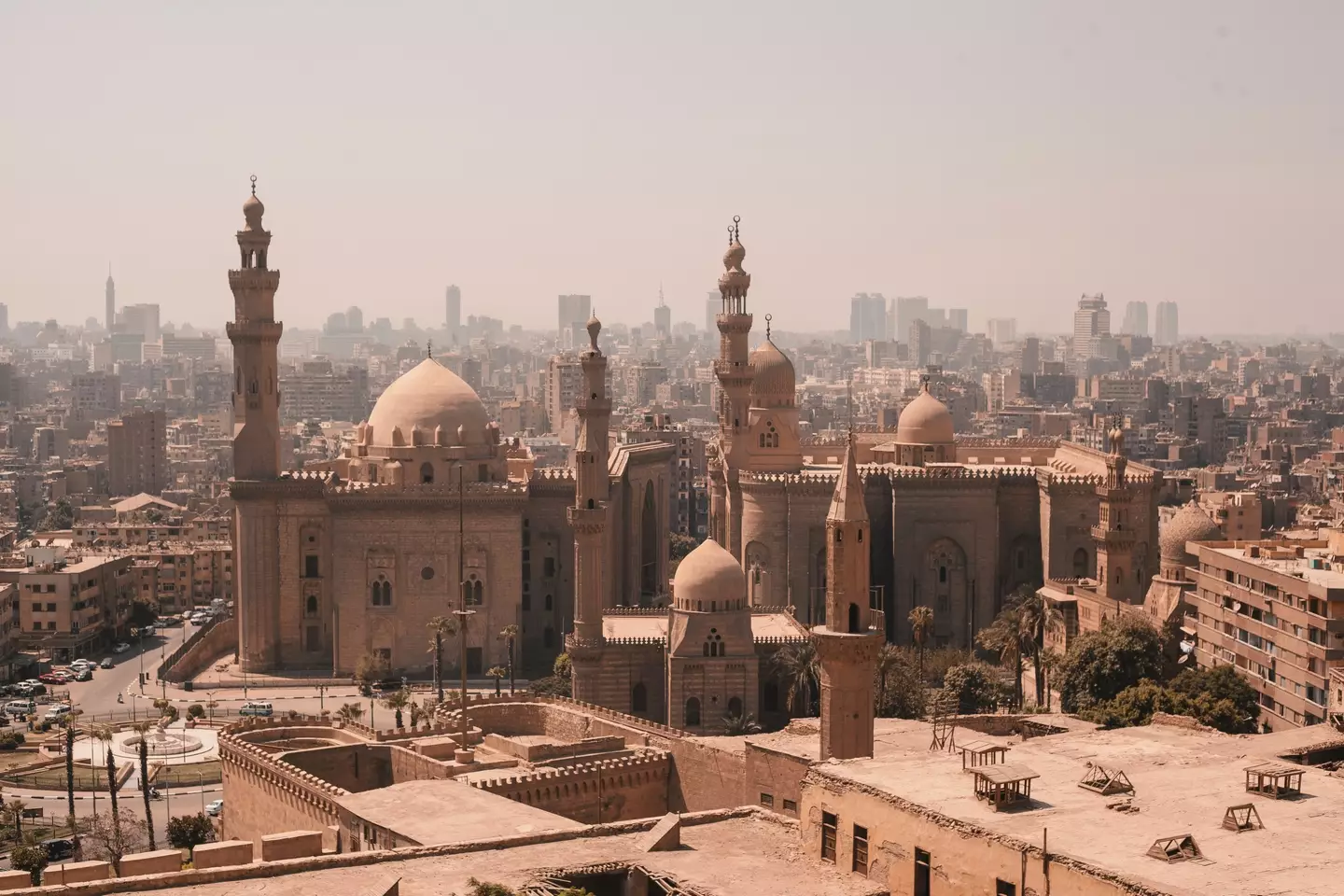
Topics: World News
In 2015, the Egyptian government announced it was going to build a new capital city out in the desert, to replace Cairo.
The news initially came as a shock – Cairo is the largest city in the Arab world, and a major cultural and historical heritage site. Yet beneath the surface lies a familiar trend that has plagued Egyptian society for decades.
On paper, the ‘New Administrative Capital’ is a means to reduce overcrowding in the centre of Cairo; a reasonable goal considering the city is home to more than 20 million people and has a higher population density than London, New York and Shanghai.
Yet the city itself is not designed to deal with the influx of people it has come to house; roads within the centre are narrow and properties are too expensive for the majority of the population to afford, leading to huge swathes of illegal neighbourhoods and slums emerging in the surrounding area.
Advert
Although some of these areas have evolved into comfortable middle-class neighbourhoods, many of these districts remain overcrowded and impoverished, with many residents living in hovels and makeshift shacks.

The government has announced its intention to shut down these slums by 2030, and push its residents into a number of affordable houses outside the city. But Cairo’s residents aren’t happy about that.
In an attempt to solve the overpopulation crisis, in the 1970s Egypt’s then-president built a number of new cities out in the desert in an attempt to entice people out of the slums, but a lack of affordable housing meant many of these cities remained empty as people preferred to take their chances in Cairo.
Advert
With that in mind, the New Administrative Capital looks set to continue this trend, with the government announcing their intentions to build a new parliament and presidential palace in the upcoming settlement, along with a slew of up-market housing unavailable to most ordinary Egyptians.
But that isn’t the only purpose of the project.
In 2011, Cairo was central for the Arab Spring, with thousands of protestors occupying Tahir Square and the surrounding areas for several weeks in an attempt to oust longtime president Hosni Murbrak.
One of the reasons they were successful was due to the narrow streets of Cairo, which allowed demonstrators to completely take control of all major public spaces in the capital and bring the government to its knees.
Advert

Yet after current president Adbel Fatteh el-Sisi came to power in 2013 following a military coup, he quickly set about dismantling the conditions that led to his predecessor’s removal.
One of his first acts upon gaining power was to organise a crackdown on protests.
The New Administrative Capital is an extension of this authoritarian streak, with Sisi hoping that by removing the government from Cairo and setting up shop in a largely unoccupied city, it will reduce the effectiveness of any future direct action from protestors by making it harder for them to gather.
Advert
Coupled with a heavily-armed military presence in the immediate area and a number of army barracks on the outskirts, by moving the government 50km out of Cairo into the new city in the desert, Sisi is effectively creating a base that will allow him to defend his power in the event of any future uprising.